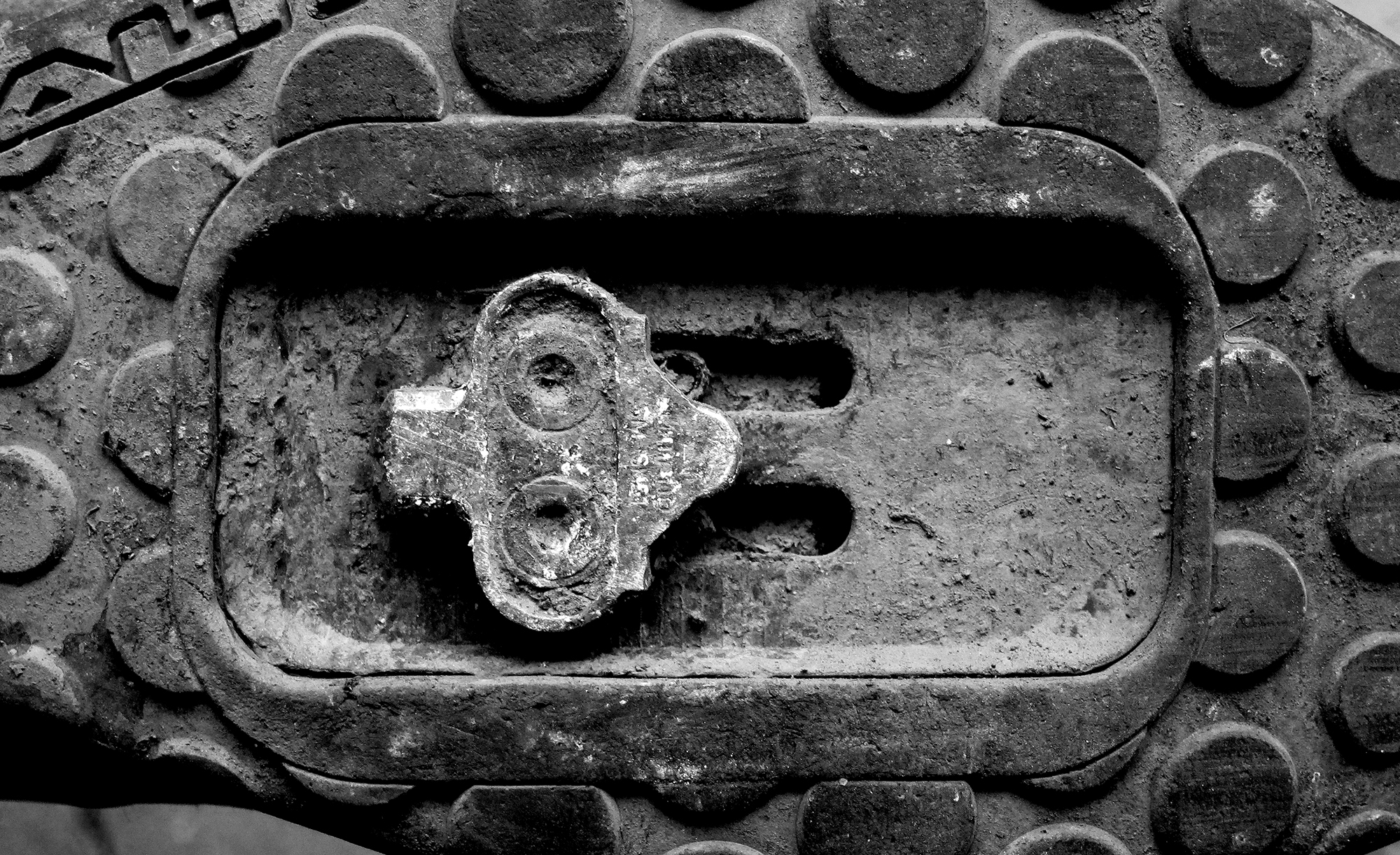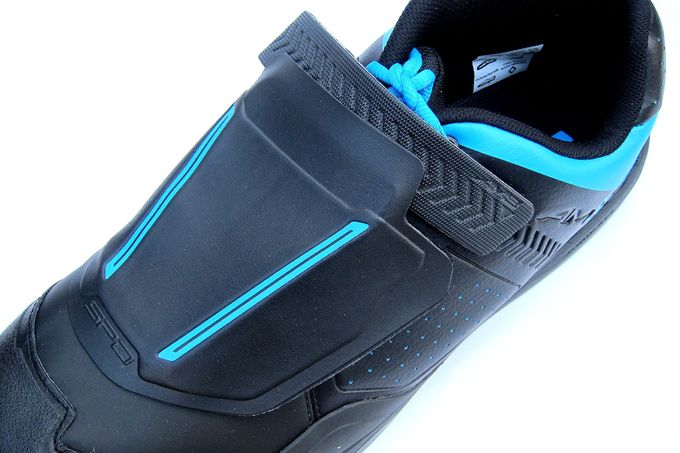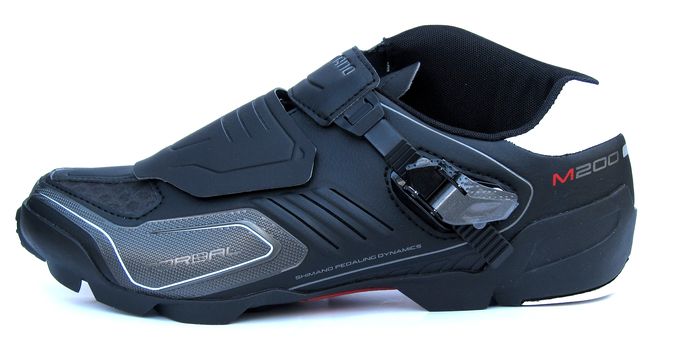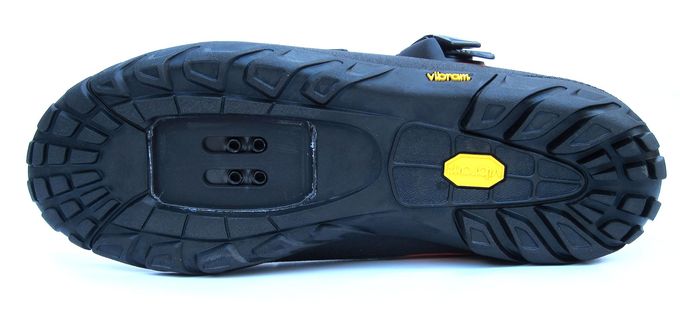There HAS always been a strong split within the mountainbike world when it comes to the subject of whether to ‘clip-in’ or to ride ‘flats’. With clipless (SPD) pedals now offering options with bigger, lighter platforms for better support, and shoes getting stiff but sticky soles, now could well be the time for you to try this system out.
Riders who’ve grown up with BMX and moved into downhill are usually more than happy with the control, stability and freedom that flat pedals give. Riders graduating to the gravity world from XC/trail-riding are often reluctant to be anything but clipped in, claiming efficiency is a priority. It is an area that can cause a heated debate. Most riders tend to be happy with their choice and very confident that their pedal option works for them.

With these worlds colliding and many of us riding up-to-date long travel enduro bikes for stage racing, trail centres and up-lifting, there has been a strong focus on efficiency on all terrain, whether going up or down. Throw in a good number of pro downhillers riding ‘clipped in’ and all this has sparked some really positive developments in clipless shoes and pedals.
What are we looking for in a clipless shoe?
UPPER:
Here we are looking for a design that offers good foot support and comfort from a lightweight yet quick drying upper. Modern synthetic microfibres are usually the choice, with newer materials being a huge improvements on earlier examples. Mesh ventilation can aid summer comfort but will let water in (and out again) meaning damp feet on a wet day. They’ll tend to dry quicker though… Reinforcements on the heel cup (for support) and in the toe area (for protection) are essential for harder riding. Additional ankle protection is often seen, with a raised or asymmetric collar and toe box bumpers being essential features that ward off rocks and debris at high speeds.
The shape and sizing of shoes will vary with brand, so as with all kit, ideally try before you buy.






























